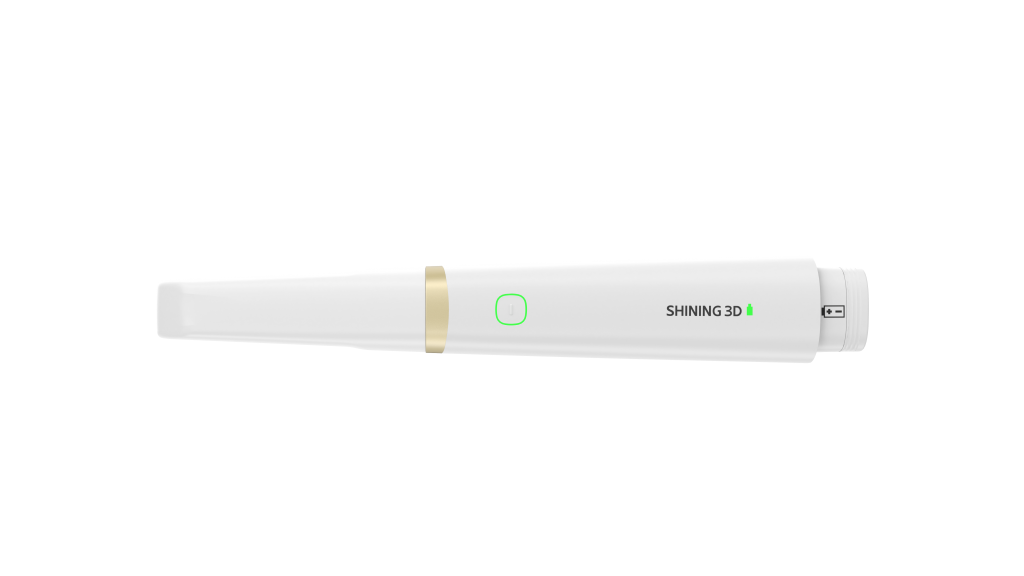As dental practices continue to embrace digital technology, the demand for tools that improve workflow and operational efficiency is growing. A digital dental scanner, such as SHINING 3D’s Aoralscan, offers modern practices a way to work smarter and faster without compromising quality or patient care.

Enhancing Efficiency Through Motion Sensing
One of the standout features of SHINING 3D‘s Aoralscan is its motion sensing capability. This function allows clinicians to control the scanning software without touching a keyboard or mouse, simply by moving the scanner. This touch-free operation saves time, supports sterile scanning environments, and streamlines the entire imaging process. It reduces the need for additional staff assistance and keeps the focus firmly on the patient.
AI-Powered Scanning for Smarter Workflows
The integration of AI into the Aoralscan’s scanning software plays a significant role in boosting efficiency. AI algorithms automatically identify and remove unwanted artifacts, ensuring only the necessary data is retained. By minimizing manual editing, dental professionals can produce clean, high-quality scans faster. This results in fewer retakes, less chair time, and a smoother transition from scan to final product.
Automatic Scan Retracing to Reduce Rework
Incomplete scans often disrupt the digital workflow, but SHINING 3D’s Aoralscan addresses this challenge with its automatic scan retracing feature. Users can quickly revisit and rescan missing sections, filling in gaps without starting over. This ability minimizes the risk of incomplete impressions and ensures comprehensive data collection, helping practices maintain momentum and reduce interruptions.
Conclusion
Digital dental scanners are helping dental clinics operate with greater speed and reliability. SHINING 3D’s Aoralscan, equipped with motion sensing, AI optimization, and automatic scan retracing, stands out as an effective tool for practices looking to strengthen their digital workflows. By adopting these advanced scanning solutions, dental professionals can simplify processes, minimize errors, and achieve consistent, high-quality outcomes for their patients and labs.